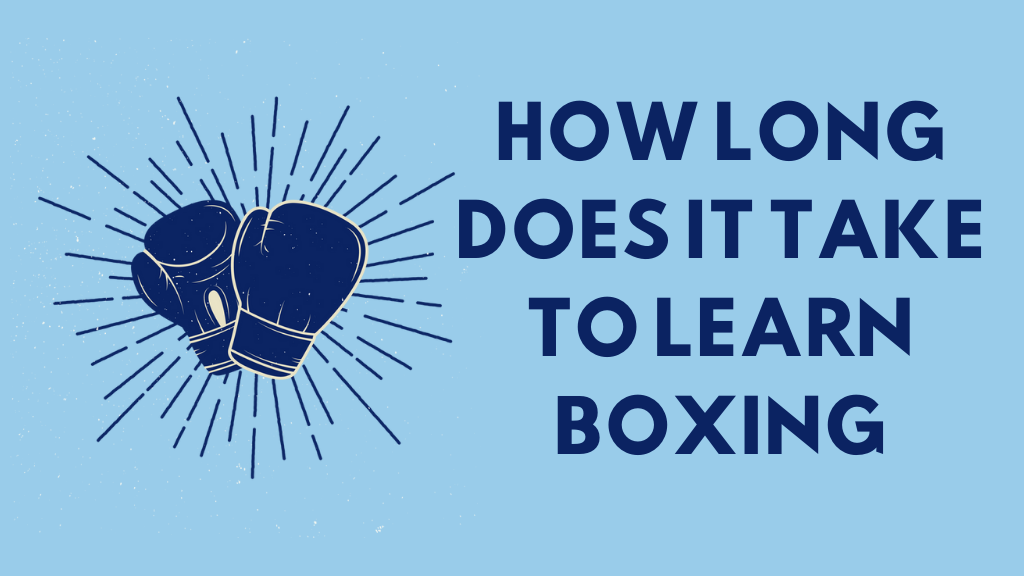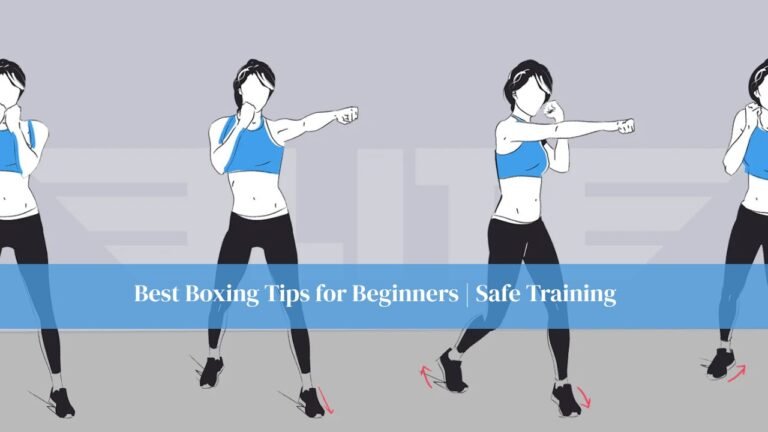Boxing, a sport that combines skill, strategy, and physical fitness, has captivated millions across the world. While it is celebrated as one of the most thrilling professional combat sports, it is equally embraced as a fitness discipline for enthusiasts who want to improve strength, endurance, and mental focus. Stepping into the ring, even for training purposes, comes with a series of questions and one of the most common is: “How long does it take to learn boxing?”
The answer is far from straightforward. It depends on many factors, including your starting level of physical fitness, the frequency and quality of your training, your ability to learn and adapt, and the guidance you receive from coaches. While some may begin to feel confident with basic techniques within a few months, mastery takes years of dedication, consistent training, and a willingness to learn both physically and mentally.
Physical Fitness Level Matters
In the dynamic and demanding world of boxing, physical fitness is more than just a supporting factor; it is the foundation that determines how quickly you progress. Boxing requires a combination of cardiovascular endurance, muscular strength, explosive power, and agility. An individual with an athletic background often has an advantage in transitioning to boxing, but even complete beginners can make significant progress with the right approach.
Solid Foundation, Smoother Transition
Those who already have strong cardiovascular conditioning, such as runners or swimmers, tend to adapt more easily to the endurance demands of boxing. Boxing training often involves long, intense rounds of movement, where stamina is key to maintaining technique under fatigue. Similarly, individuals with prior experience in strength training enter the sport with the ability to generate more powerful punches and withstand physical contact better. This existing base can accelerate the learning process, making the early phases less exhausting and more focused on skill refinement.
Beginners’ Challenge
For beginners without a fitness background, the initial phase is often the toughest. Boxing demands not only technical skill but also conditioning that allows you to maintain form and power through multiple rounds. Early training typically focuses on building stamina, strength, and coordination. You might start with skipping rope, shadow boxing, bodyweight exercises, and bag work, all designed to prepare your body for the demands ahead. Patience and consistency are critical at this stage, as rushing the process can lead to burnout or injury.
Tailoring Training to Fitness Levels
The best boxing programs adjust to the trainee’s current condition. A well-structured plan takes into account your strengths, weaknesses, and goals, ensuring a gradual but steady increase in intensity. Beginners experience noticeable improvements in energy and endurance within a few weeks, while athletes with prior training refine their techniques, footwork, and timing to align with boxing-specific demands.
Cardiovascular Endurance and Its Impact
Cardio endurance is one of boxing’s non-negotiable requirements. Training sessions often include fast-paced drills and high-intensity intervals that simulate the bursts of energy used in a fight. The higher your endurance level, the longer you can sustain effective movement and precise technique without fatigue setting in. This is particularly important for sparring, where mental focus and physical control must remain sharp even when tired.
Muscular Strength
Strength plays a vital role in delivering impactful punches and defending effectively. It also supports balance and stability, allowing you to absorb and redirect force during exchanges. Beginners will often see noticeable strength gains from boxing-specific exercises like heavy bag training, resistance band work, and core conditioning. Over time, these gains translate directly into improved performance.
Striking the Right Balance
e of the most important aspects of boxing training is knowing how far to push without crossing into overtraining. Effective programs balance high-intensity workouts with recovery, preventing injuries and keeping motivation high. Coaches often assess your performance and adjust routines to maintain progress without exhausting your body or mind.
Stages of Learning
The path to learning boxing can be broken down into stages, each requiring focus, discipline, and practice.
Basics
This is where every boxer begins. You’ll learn the correct stance, basic punches (jab, cross, hook, and uppercut), defensive techniques, and footwork patterns. At this stage, precision matters more than power. A solid foundation ensures that bad habits don’t develop, which can be hard to correct later.
Skill Refinement
Once the basics become second nature, the focus shifts to improving technique speed, timing, and efficiency. Movements become sharper, and combinations flow more naturally. This stage may involve more complex footwork drills, counter-punching practice, and learning how to read an opponent’s body language.
Sparring and Practical Application
No amount of bag work can replace the experience of sparring. This is where you apply your skills against a moving, thinking opponent. Sparring teaches you how to adapt under pressure, anticipate attacks, and execute strategies in real time. It’s also an important stage for building confidence and learning to manage adrenaline in the ring.
Realistic Expectations
Mastering boxing is not an overnight process. Setting realistic timelines helps maintain motivation. Some may become proficient with the basics in three to six months of consistent training, but reaching an advanced skill level can take years.
Setting Personal Goals
Defining clear goals whether it’s fitness improvement, self-defense skills, or competing—will shape your training approach. Short-term milestones like improving punch speed or lasting an extra round in sparring help maintain motivation.
Acknowledging Individual Differences
Progress in boxing is highly individual. Factors like natural coordination, reaction speed, and mental focus influence how quickly you advance. Comparing your progress to others can lead to frustration; instead, focus on your personal journey.
Celebrating Progress
Every small achievement executing a perfect combination, improving endurance, or defending successfully in sparring is worth celebrating. These moments reinforce the sense of progress and keep enthusiasm high.
Challenges in Learning Boxing
Overcoming Plateaus
It’s common to hit plateaus where improvement seems to stall. Breaking through these moments often requires variation, new drills, different sparring partners, or changes in intensity.
Dealing with Injuries
Injuries are a reality in any physically demanding sport. Listening to your body, allowing adequate recovery, and seeking professional medical guidance when needed are essential for longevity in the sport.
Mental Toughness
Boxing is as much a mental battle as it is physical. The ability to stay calm under pressure, remain disciplined, and push through challenging sessions is critical for growth. Visualization, meditation, and structured goal-setting can all enhance mental resilience.
The Role of Patience and Perseverance
Embracing the Learning Curve
Even with dedication, mastery comes slowly. Patience prevents frustration and allows for sustainable growth. Understanding that every round in training is a building block towards improvement helps maintain a healthy mindset.
Staying Committed Through Challenges
Commitment is tested when progress slows, or life gets in the way. Perseverance ensures that you continue showing up, learning, and improving no matter how long it takes.
Conclusion
Ultimately, there is no fixed timeline for learning boxing. A motivated beginner training two to three times a week with proper coaching might feel confident in basic skills within a few months, while true mastery could take years. The journey is shaped by physical readiness, mental strength, and consistent effort. What matters most is embracing the process, respecting your own pace, and finding satisfaction in the steady climb toward improvement.
FAQs
What is the best age to start learning boxing?
While boxing can be learned at any age, starting in the early teens offers an advantage for long-term skill development. However, adults of all ages can benefit from training.
Can I learn boxing on my own without a coach?
While self-study and home training can help with fitness and basic movements, having a coach ensures proper technique, reduces the risk of injury, and accelerates learning.
How often should I spar during training?
The ideal sparring frequency varies depending on experience level, goals, and fitness. Beginners may start with light sparring once a week, gradually increasing as skills improve.




